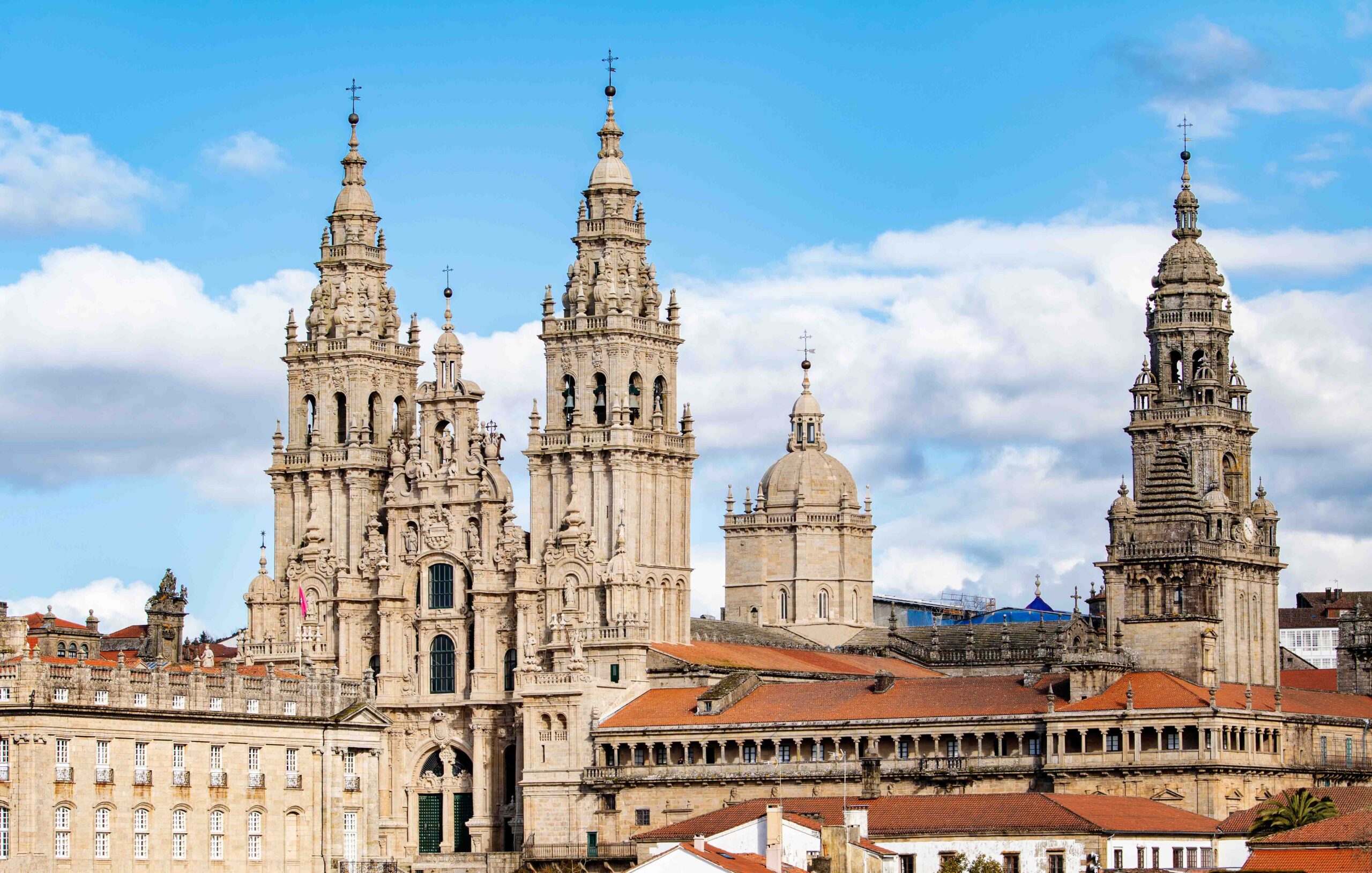The Camino Francés, one of the most popular routes of the Camino de Santiago, is rich in cultural, historical, and natural highlights. Here are 10 notable highlights along the Camino Francés:
1. Saint-Jean-Pied-de-Port
Saint-Jean-Pied-de-Port is the traditional starting point of the Camino Francés. Enclosed by medieval fortifications, its cobbled streets lead to the iconic Porte St-Jacques. Welcoming pilgrims, it exudes historic charm with a blend of Gothic and Renaissance architecture. A hub of anticipation and camaraderie, Saint-Jean-Pied-de-Port sets the stage for the spiritual pilgrimage, resonating with the footsteps of countless travelers embarking on the sacred journey to Santiago de Compostela.
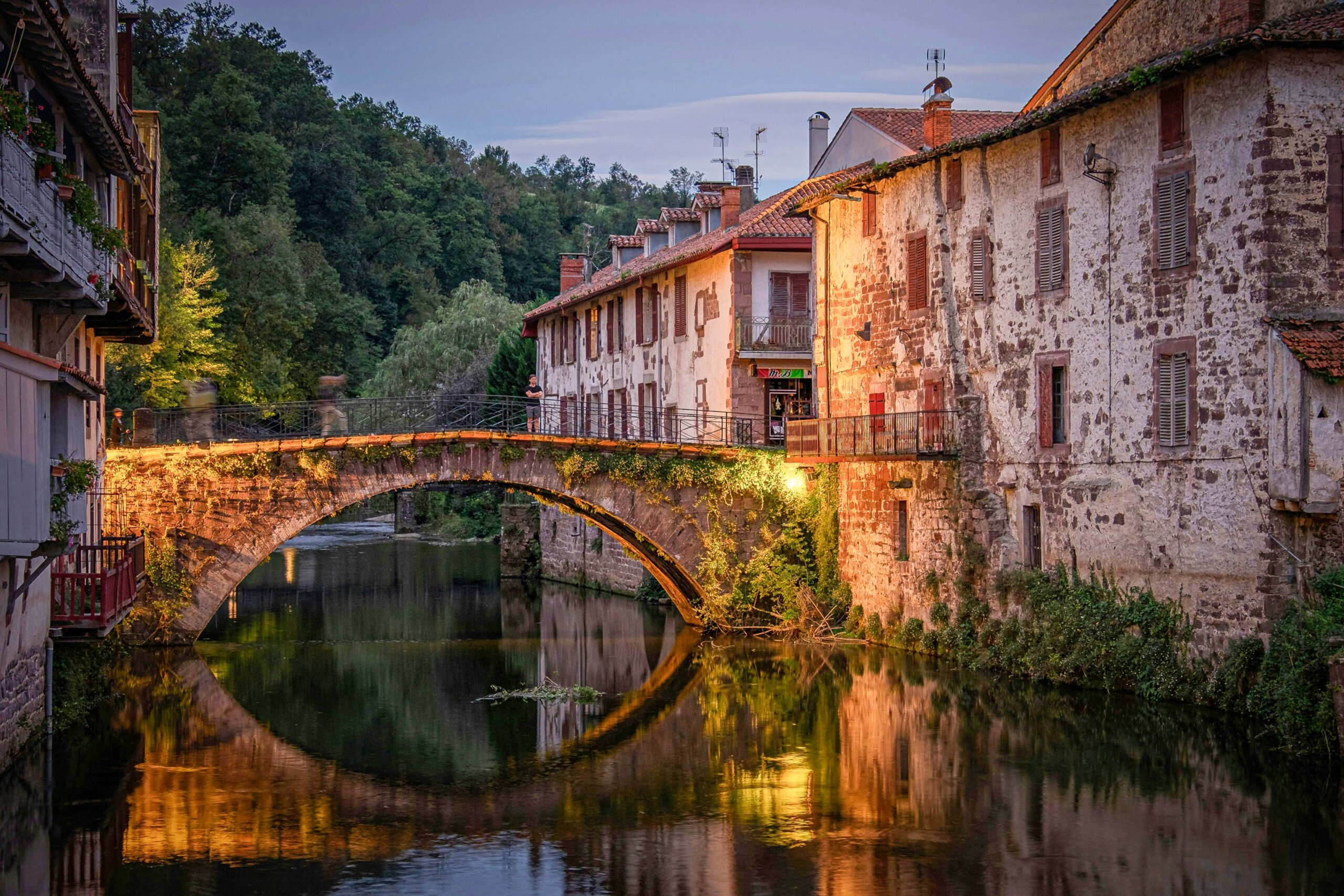
2. Roncesvalles
Roncesvalles is a serene Pyrenean village that marks the entry point of the Camino Francés from France into Spain. Surrounded by lush landscapes, its Royal Collegiate Church stands as a historic sanctuary and provides pilgrim lodging. The calm ambiance and mountainous backdrop offer a tranquil beginning to the pilgrimage, while the church, with its Gothic and Romanesque features, adds a spiritual resonance. Roncesvalles, embraced by natural beauty, serves as a gateway to the transformative journey along the revered Camino trail.
3. Pamplona
Pamplona is the captivating capital of Spain’s Navarra region, renowned for hosting the iconic San Fermín Festival, including the famous Running of the Bulls each July. The city offers many historical sites, such as the Gothic Cathedral and the Citadel.
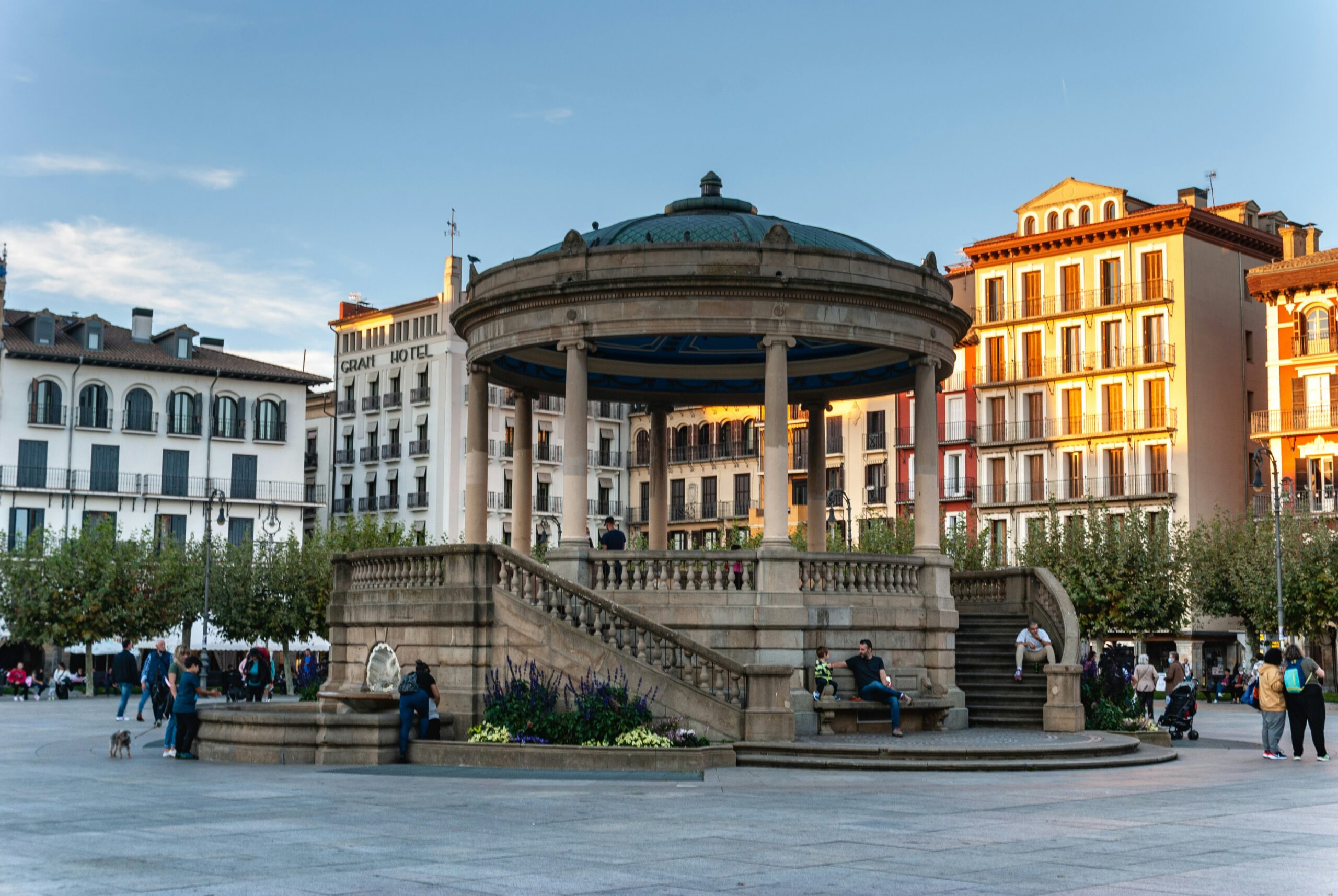
4. Puente la Reina
Puente la Reina, a medieval gem on the Camino de Santiago, is a popular stop for pilgrims. Centered around a Romanesque bridge that spans the Arga River, this “Queen’s Bridge” is a key crossing point. The town’s quaint streets are lined with pilgrim-friendly establishments, offering a warm welcome to weary travelers. Puente la Reina’s Church of Santiago and the Pilgrim’s Cross add to its cultural allure, making it a memorable stop where history, architecture, and the pilgrim’s journey converge harmoniously.
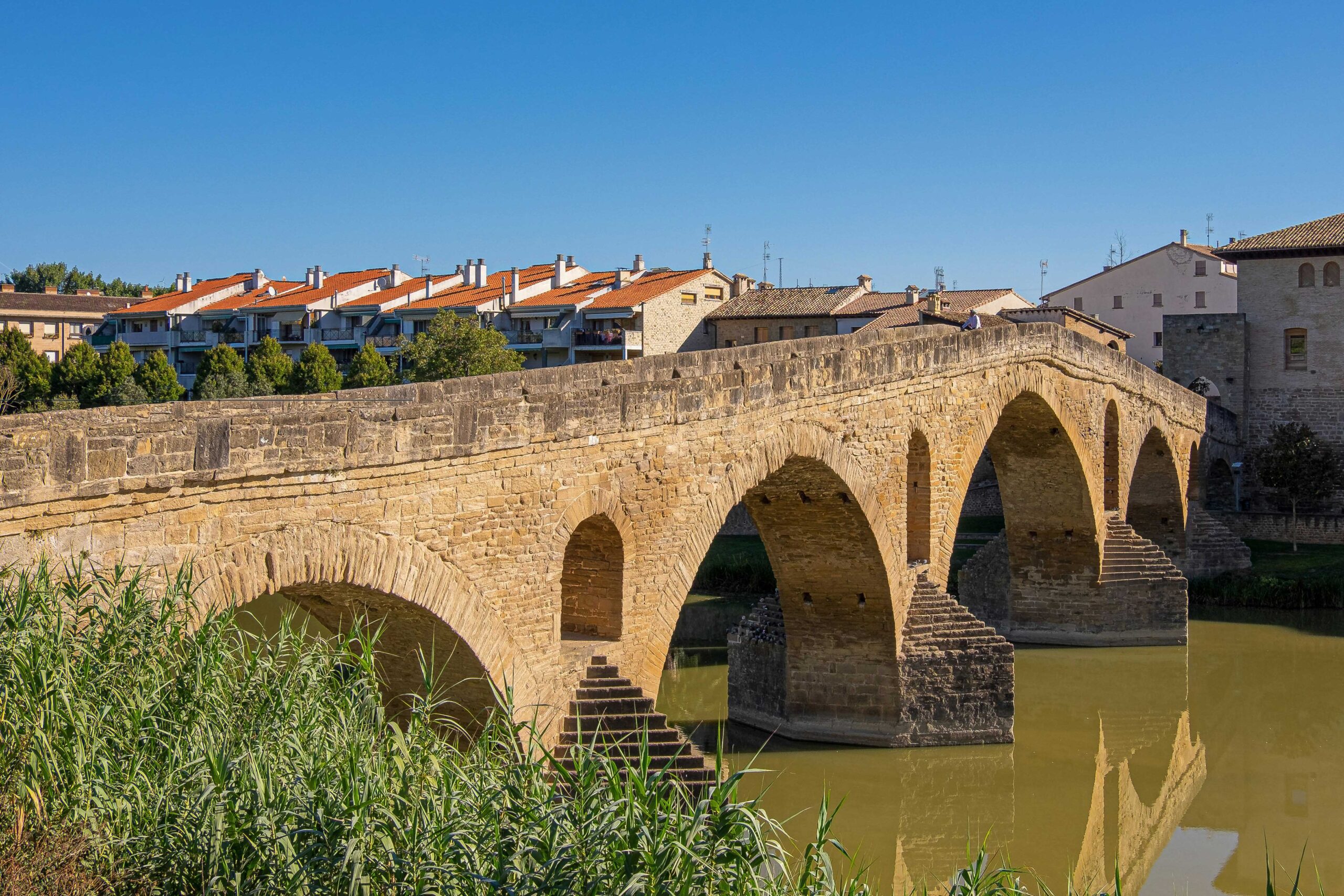
5. Burgos
An exceptional stop along the Camino is Burgos, distinguished by its magnificent Gothic cathedral, a UNESCO World Heritage Site ranking among Spain’s awe-inspiring landmarks. Situated across the Arlanzón river, a world-class human evolution museum awaits exploration, showcasing Europe’s earliest human remains. Burgos also offers a delightful dining experience, especially in the main Plaza, where incredible and reasonably priced food awaits. This historic city seamlessly combines architectural marvels with a rich cultural and culinary scene, making it a must-visit destination for pilgrims seeking both spiritual and cultural enrichment on their Camino journey.
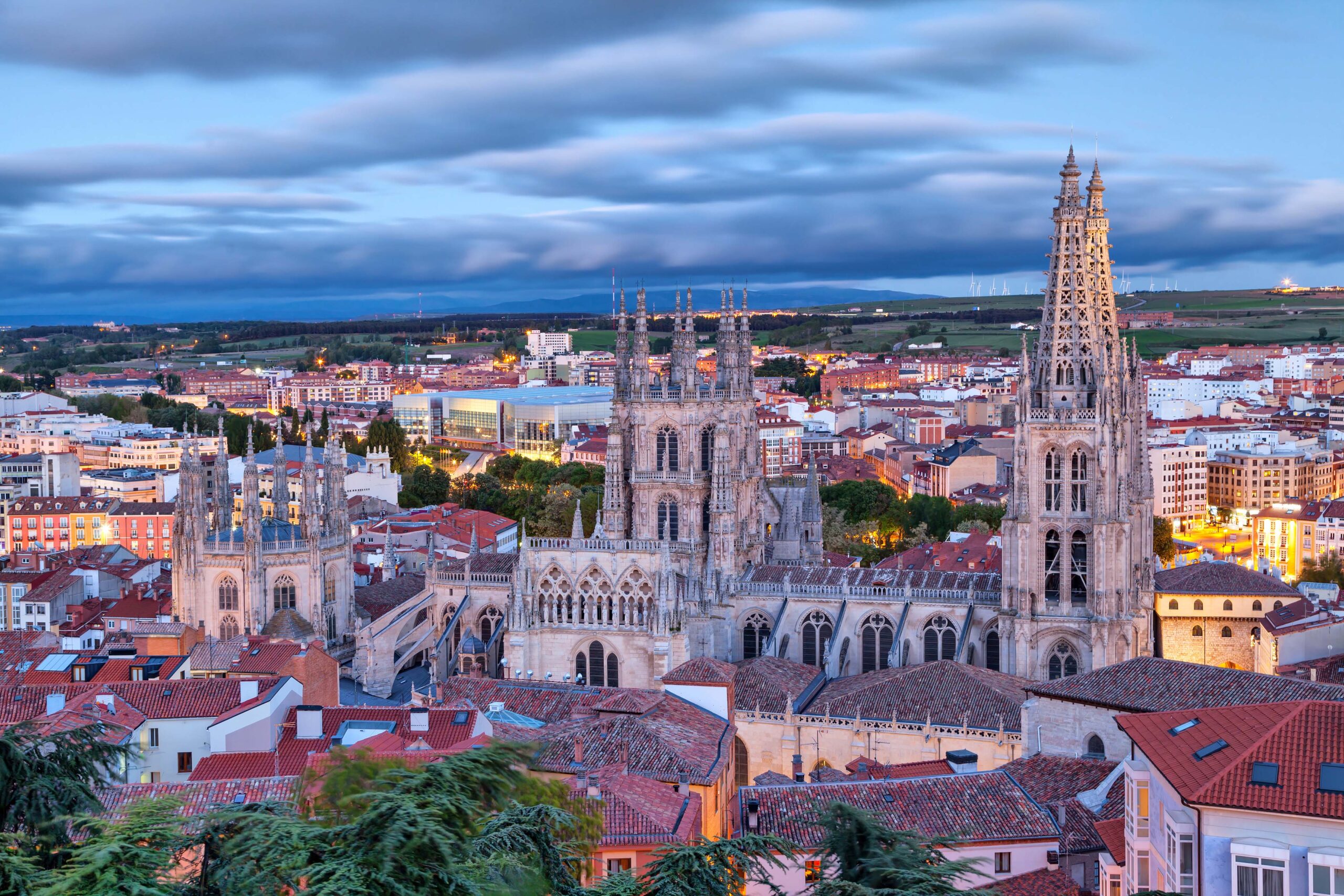
6. León
León, widely regarded as Spain’s cultural hub, offers a plethora of attractions for Camino pilgrims. The city’s standout feature is its 13th-century Gothic Cathedral of Santa María, a masterpiece well worth exploring. The Old Town is a treasure trove of charming wine bars and restaurants, where you can indulge in the renowned Leonese cuisine, celebrated as among the finest in Spain. Additionally, León houses one of the country’s foremost sculpture museums, adding an enriching cultural dimension to your visit. As you progress along the Camino, León stands out not only for its architectural gems but also for its vibrant culinary scene and cultural offerings.
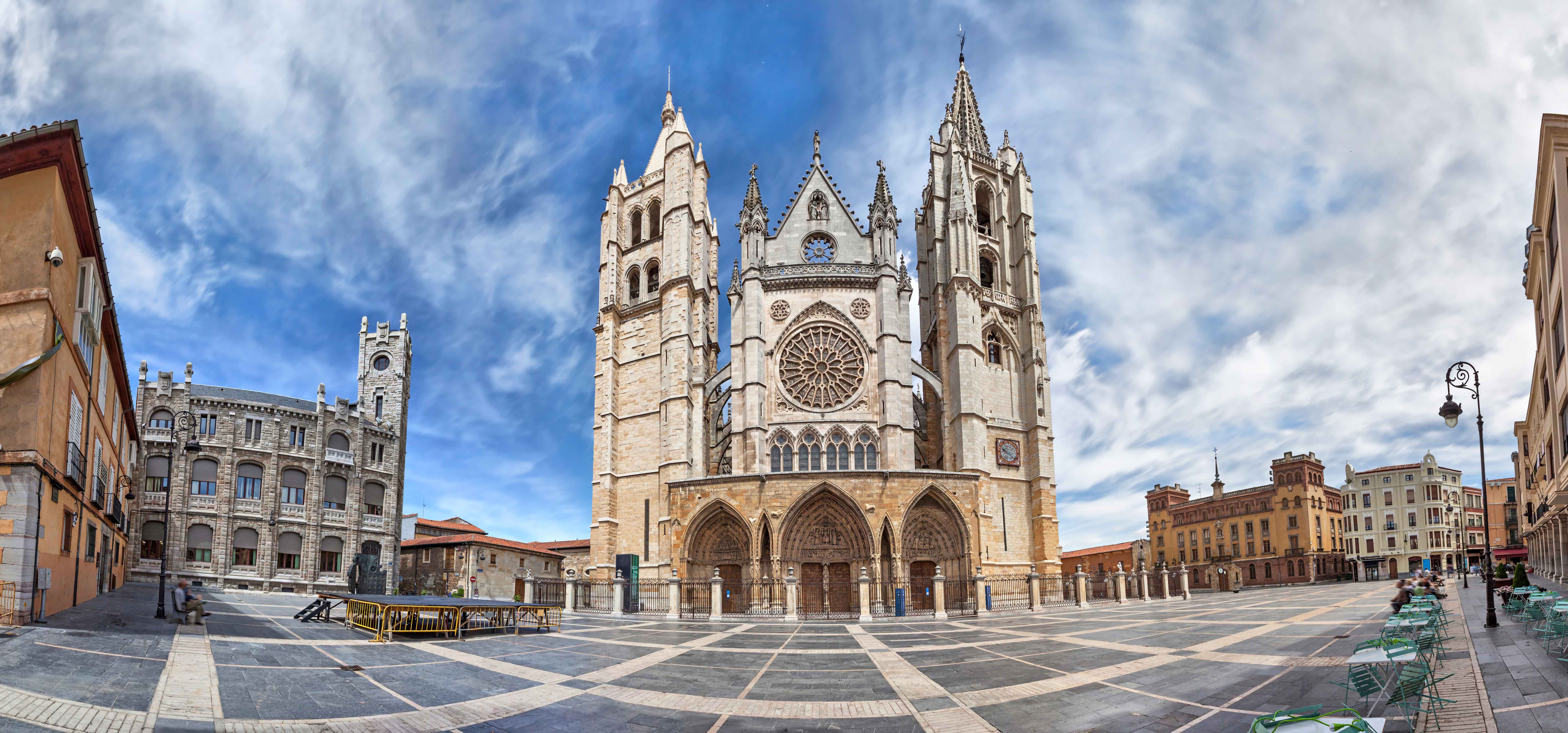
7. Cruz de Ferro
Cruz de Ferro is a poignant landmark on the Camino de Santiago, and stands atop Monte Irago. This sacred site features a simple iron cross, where pilgrims traditionally deposit stones symbolizing their burdens. Set against the vast Spanish landscape, the cross marks a reflective pause on the journey. Surrounded by a sea of stones and flanked by a wooden pole, it becomes a tangible expression of pilgrims’ hopes, prayers, and symbolic shedding of weight.
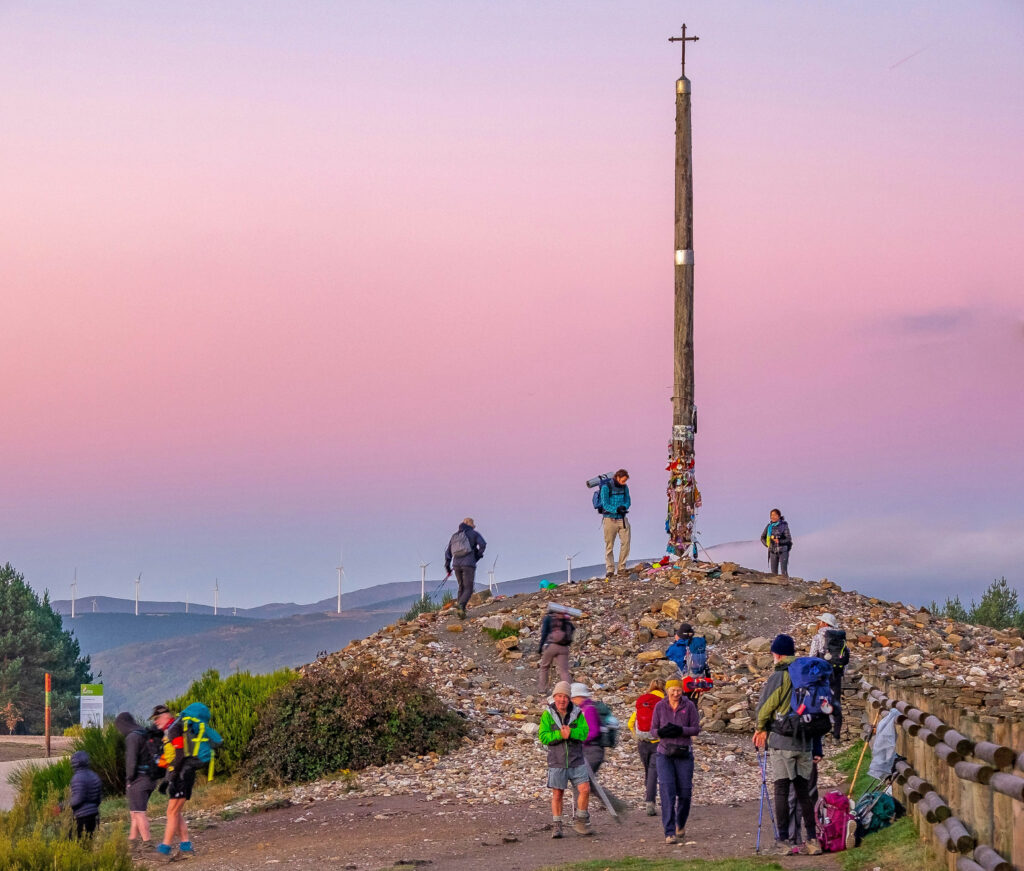
8. Molinaseca
Molinaseca is a charming medieval village graced by a picturesque stone bridge spanning the Meruelo River. With its roots dating back to the Roman era, the village boasts cobbled streets, historical architecture, and a serene ambiance. Pilgrims find respite by the river, and the Romanesque Church of San Nicolás invites reflection. Molinaseca’s rich history and enchanting surroundings create a tranquil stop on the pilgrimage route, where weary travelers can unwind amidst the timeless beauty of the landscape and appreciate the unique blend of history and natural charm that defines this Camino gem.
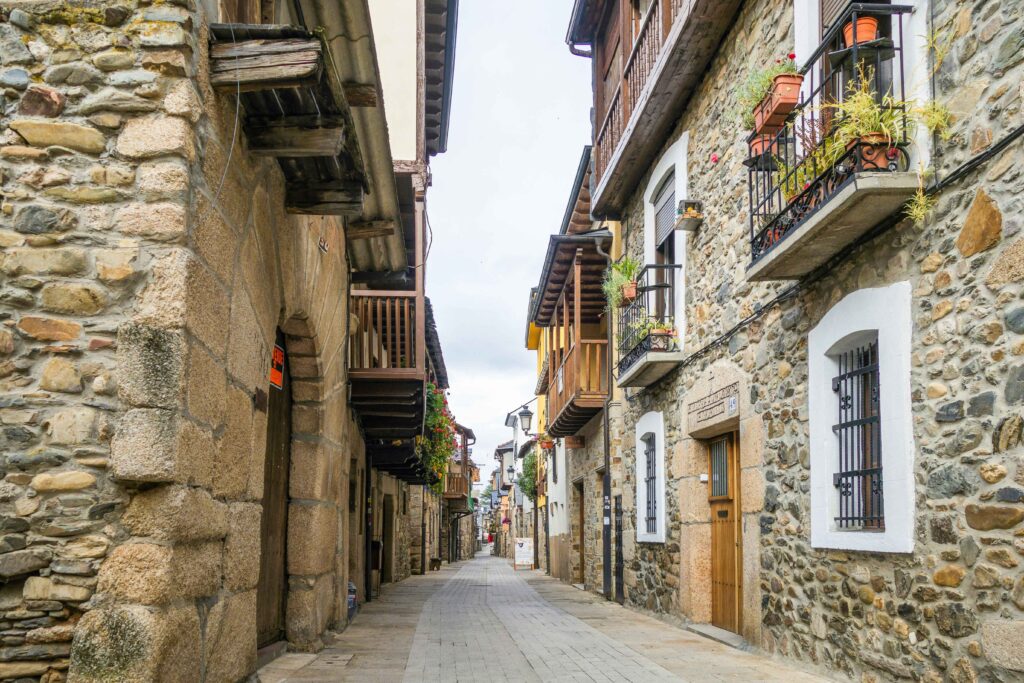
9. O Cebreiro
O Cebreiro is a charming village renowned for its traditional thatched-roof houses called pallozas. Its Romanesque church, Santa María la Real, boasts unique charm and offers breathtaking panoramic views of the surrounding landscapes. A spiritual oasis on the Camino, O Cebreiro exudes a mystical atmosphere, capturing the essence of the pilgrimage experience. Pilgrims often find solace in the simplicity of this village, making it a memorable and contemplative stop on their journey to Santiago de Compostela.
10. Santiago de Compostela
Santiago de Compostela, a UNESCO World Heritage Site and the spiritual heart of Galicia, is without a doubt the culmination of the Camino de Santiago. The majestic Santiago de Compostela Cathedral, a masterpiece of Romanesque and Baroque architecture, overlooks the Plaza del Obradoiro. Pilgrims, having completed their journey, gather in awe to witness the Botafumeiro swing during the Pilgrim’s Mass. The city’s narrow medieval streets are adorned with charming cafes, shops, and historic buildings. Santiago de Compostela radiates a sacred energy, offering pilgrims a sense of achievement and spiritual reflection as they conclude their transformative pilgrimage.
